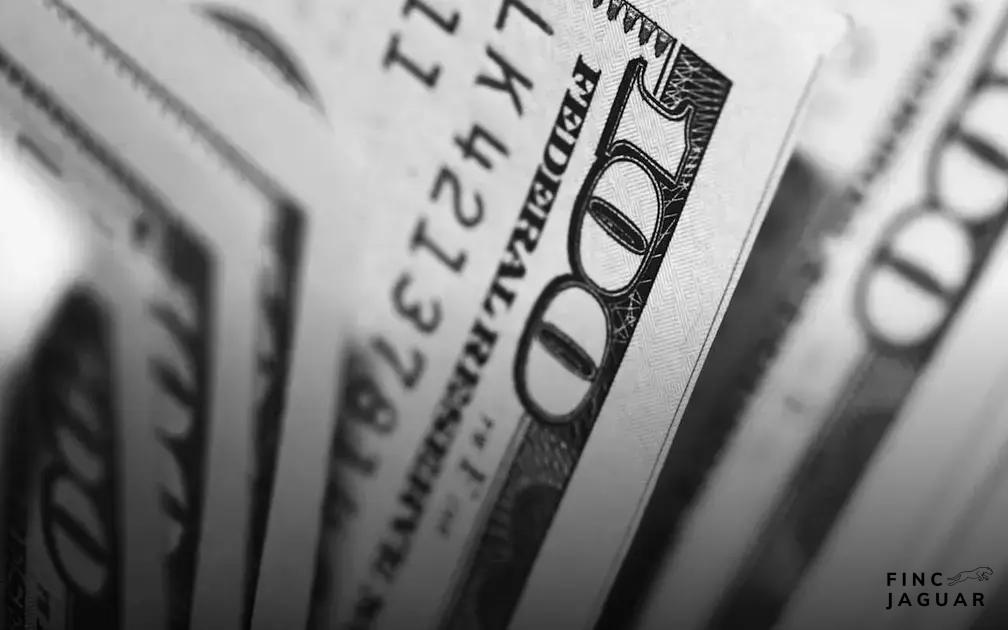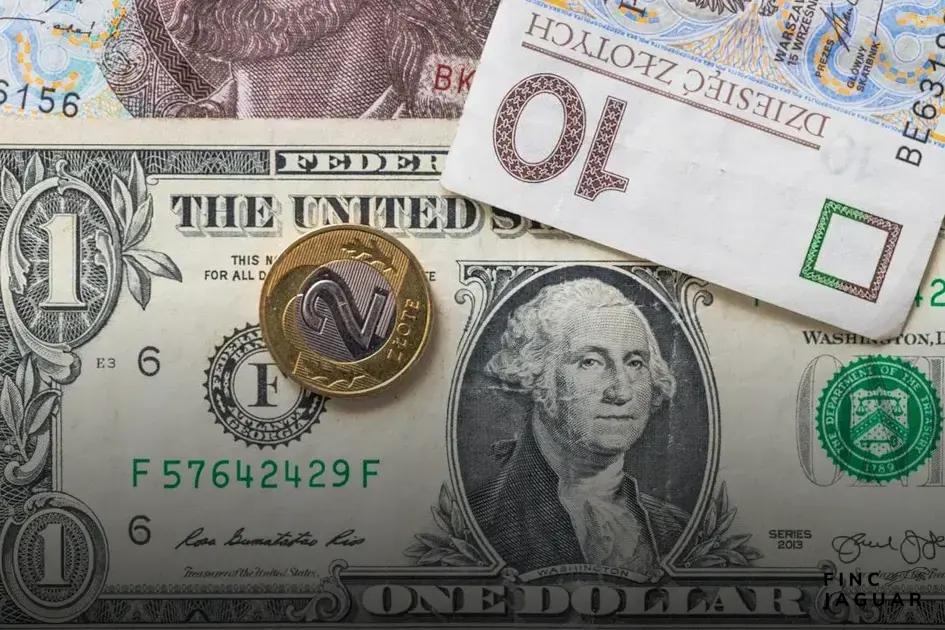Managing your finances is crucial, and choosing the right app can make all the difference. ‘The Best Apps for Tracking Your Expenses’ will help you discover top tools to streamline your budgeting process, track spending easily, and save money. Read on to explore features, cost comparisons, and tips for selecting the best app to meet your financial goals.
Top Features of Expense Tracking Apps
Expense tracking apps offer a variety of key features that help users manage their finances effortlessly. One essential feature is the automatic categorization of expenses, which saves time and provides clarity on where exactly your money is going. Most apps connect directly with your bank or credit card accounts to retrieve transactions automatically.
An essential tool for budgeting is the use of customizable spending limits. Many apps allow you to set monthly limits per category, alerting you when you approach or exceed these amounts. This feature ensures that users stay on track financially.
Another vital feature is the receipt capture function. This allows users to take photos of receipts and store them digitally within the app. Over time, this creates a convenient archive for future reference and helps in cases of warranty claims or tax deductions.
Security is paramount, hence the importance of data encryption and biometric access options, such as fingerprint and facial recognition, to keep your financial data safe.
Many apps also provide detailed reporting and analytics. These features help users understand spending patterns with visual charts and graphs, making financial insights more accessible.
Finally, the option for multi-currency support is crucial for frequent travelers or those managing finances in different countries, ensuring accurate exchange rates and seamless tracking of international transactions.
Comparing Costs: Free vs Paid Options

When deciding between free and paid expense tracking apps, it’s crucial to understand what you are getting for your money. Free apps often come with basic features such as manual entry of expenses, basic reporting, and syncing across devices. These are suitable for individuals who are just starting to track their financial habits or those who have straightforward needs.
Paid options, on the other hand, usually offer a more comprehensive set of features. These can include: advanced reporting tools, receipt scanning, integration with bank accounts, and customizable categories. Some paid apps also provide more robust security features, ensuring that your financial data is kept safe.
Another advantage of paid apps is customer support. Paid versions often offer priority support which means issues and queries are handled more promptly, ensuring a smooth user experience. Moreover, many paid apps are ad-free, providing a cleaner interface and a less disruptive environment while managing expenses.
It’s important to weigh the cost against the benefits. If you’re managing complicated finances or require specific features such as detailed expense analytics, a paid app might be more suitable. On the other hand, if your needs are basic, sticking with a free option is perfectly feasible. Remember to consider trial periods or freemium models, as they allow you to test the app’s functionality before committing financially.
How Expense Tracking Apps Can Save You Money
Expense tracking apps not only help you monitor where your money goes, but they can also provide insights into spending patterns, allowing you to make informed financial decisions. Many users find that using these apps regularly can lead to better budgeting and savings.
To save money, these apps categorize your spending. They allow you to set budgets for different categories like groceries, entertainment, and transport. By doing this, you can identify areas where you might be overspending. Many apps send alerts when you’re close to exceeding your budget, helping you to stay on track.
Another way these apps help is by tracking recurring expenses. They can remind you of upcoming bills, preventing any late fees. This feature is particularly useful for subscription services which can often go unnoticed if automatically deducted.
Integration with bank accounts is a common feature, allowing you to automatically import transactions. This saves time and ensures accuracy in tracking every dollar spent. Some apps even offer features to compare expenses over time, giving you a clear picture of how your spending habits evolve.
Loyalty rewards and discounts are other areas where these apps can make a difference. Some partner with businesses to provide users with deals and cashback offers, directly contributing to saving money. By choosing an app that aligns with your spending habits, you can maximize these savings opportunities.
Choosing the Right App for Your Needs

Identify Your Needs: Before selecting an app, it’s crucial to determine what features and functionalities align with your personal or business expense tracking needs. Consider what specific aspects are most important to you, such as user-friendliness, categories for tracking, or integration with other financial tools.
Evaluate App Compatibility: Check if the app is accessible across your preferred devices. Whether you use iOS, Android, or web platforms, ensure that the app provides a seamless experience on your chosen devices to maintain consistent tracking wherever you are.
Analyze Ease of Use: The app should offer a smooth user interface. This will be essential to lowering the learning curve and enhancing the overall user experience. A good design allows you to navigate through different sections intuitively, which saves time and encourages regular use.
Customization Options: It’s beneficial to choose an app that allows for customization to suit your unique financial situations. Being able to add custom categories, tags, and notifications can significantly boost the usefulness of the app.
Data Security: Ensuring that the app uses secure encryption methods to protect your financial data is non-negotiable. Check for security features like two-factor authentication and secure login protocols for peace of mind.
Finding the right app means evaluating different aspects to match it with your specific requirements. This careful selection process can lead to a more effective way to manage and track your expenses.





